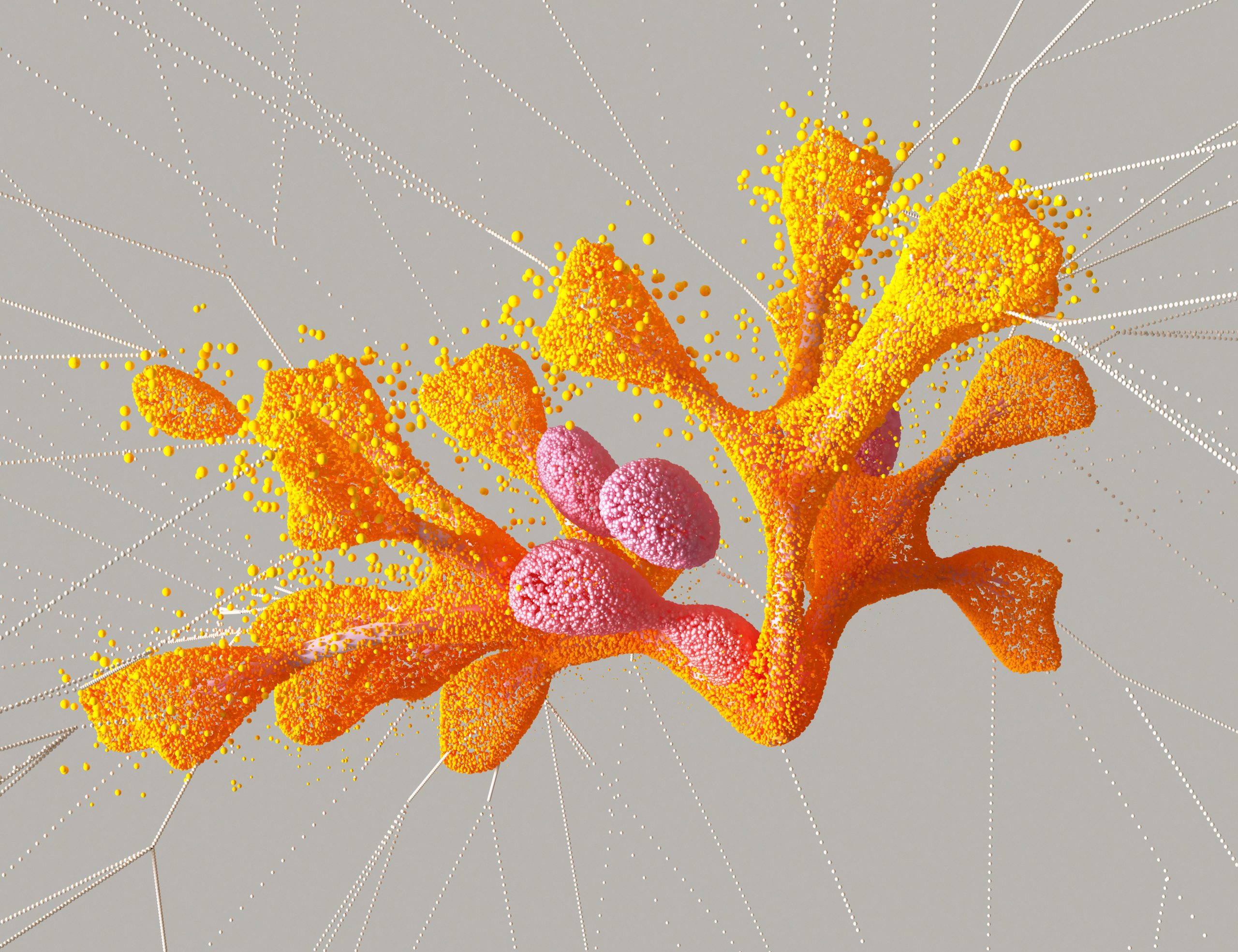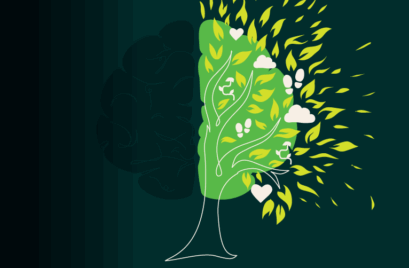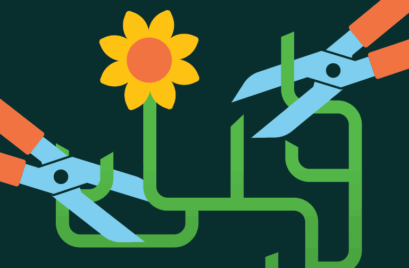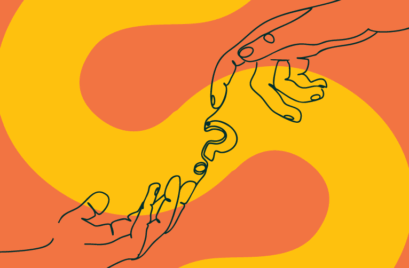
Recently, a fan sent music artist Nick Cave a song written by Chat GPT “in the style of Nick Cave”. Here is an excerpt from Nick Cave’s response: “Mark, thanks for the song, but with all the love and respect in the world, this song is bullshit, a grotesque mockery of what it is to be human”
But what is it about music and lyrical composition that is ‘human’ (and that this piece therefore lacked)? It’s because these activities are creative acts. And if Nick Cave is less than impressed with generative AI taking on the practice of human creativity, what can we use it for?
Creative AI?
There is a big question mark around when (or if) generative AI will truly rival human creativity. There is also a question around whether this matters. For instance, humans have proven themselves poor differentiators between great works of art and AI productions. Examples include:
However, the work being spit out by these programs are ultimately only as ‘creative’ as their data training sets and many critics maintain they lack the true originality required for creativity.
Even if we fail to achieve this ‘standard’ of creativity soon with AI, it certainly won’t be from a lack of trying. Aside from the countless start-ups, most major tech companies are developing and exploring the deployment of AI in programs and services and to be able to achieve something that imitates human creativity is one of the gold standards.
But, we might also ask, is it really a matter of replacement or one of augmentation? What if AI is not our successor, but our co-pilot in creativity? As Rob High, Vice President and Chief Technology Officer for IBM Watson – IBM’s AI offering – says:
“It is not our goal to recreate the human mind—that’s not what we’re trying to do. What we’re more interested in are the techniques of interacting with humans that inspire creativity in humans… What could we do to help people come up with new ideas on a much more regular basis than they do today?”
Many are heralding a new age of creative possibility where AI can be a significant aid to human creativity, even a creativity sidekick. How might that be so? To understand we need to go back to the basics of creativity.
Creativity and How AI Can Help
Decades of research into human creativity have shown that having more ideas leads to having better ideas. In other words, the most creative people have more bad ideas than less creative people. Creativity is a Darwinian process, involving the generation of lots of ideas through divergent thinking, and then selection through convergence on the right one. And generative AI can be a huge help in both of these divergence and convergence stages of creativity.
Divergence
The most immediate application of generative AI is to come up with a whole lot of ideas. Creativity research estimates that the most innovative results come from around 200 initial ideas. How long would it take you, your team or even your organisation to come up with 200 ideas? A simple prompt into a system like Chat GPT can bring back – in seconds – a list of ideas which would take a human hours upon hours to compile. Now, many of these will be terrible. But it is a uniquely strong human skill to be able to sift through ideas and filter out the bad ones. With the benefit of the generative AI, we can get lots of ideas quickly, strengthening our divergence process.
Convergence
While we just said above that it would come down to the human to filter these ideas, there’s a lot that generative AI can do to support the convergence part of the process too. Generative AI can be used to synthesise a bulk of information to get to the heart of an issue. It can also be used to “stress-test” or examine more deeply these ideas. For example, we can ask generative AI to come up with criticisms of our top couple of ideas. We can even instruct it to come at our ideas from different perspectives (or as different ‘personas’). This enables us to make the best final decision on what idea to converge on.
What Next?
With generative AI tools at our fingertips, we can dramatically increase the speed and volume of idea generation (divergence) and selection (convergence). Think: What could this kind of creativity boost empower for your team? Or for your business? Where might these innovations take you?
The field of AI and its application to human life is still in flux but by all signs its pointing towards having a huge impact. For creatives, rather than seeing this as the end of an era, the opportunity is to see it as a new beginning. An even brighter beginning.
Need More Help?
Keen to find out more about how you can leverage generative AI for improved creativity? Performance Frontiers work with clients to explore a range of dimensions within this emerging tech shift and what they mean for how we work – and even ‘who’ we are at work. Speak to Chris about how we can support you today.








